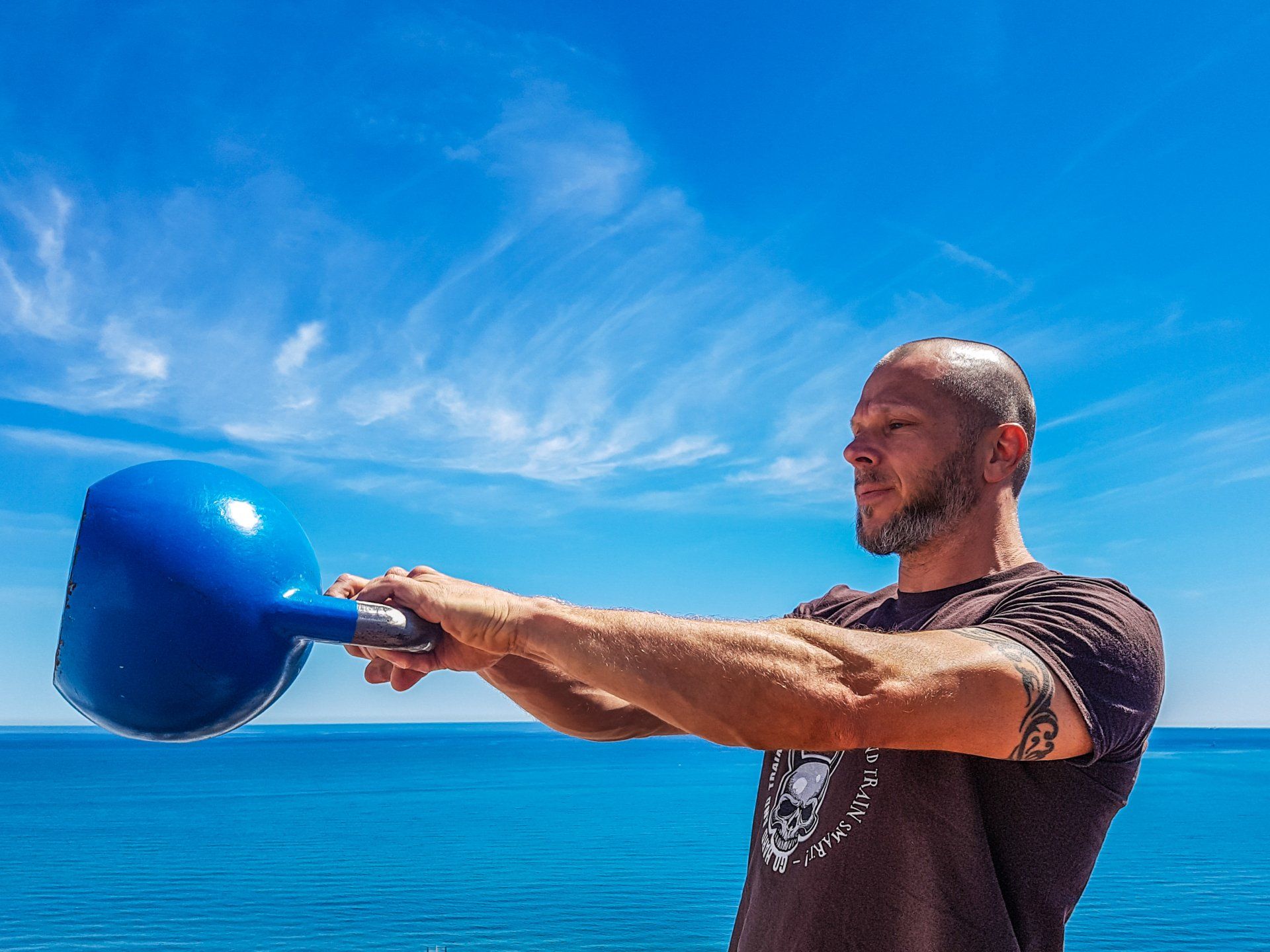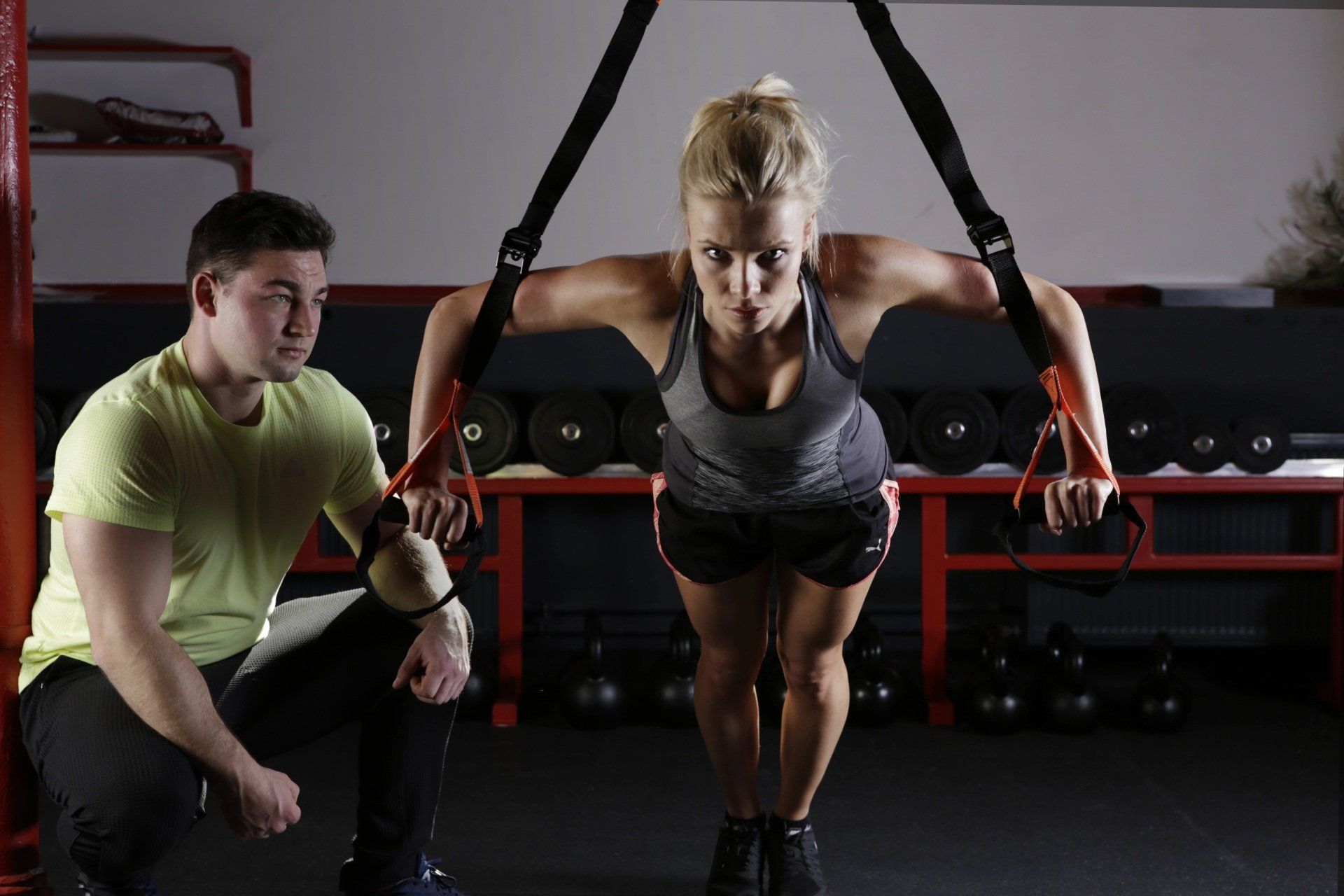Intricate Communication - Fascia and Its Function
“Well, I guess everything is connected?”
I’ve heard this question over and over again during a session. As you probably know, I answered simply “oh, yes!” Let’s talk about just how connected, though.
Fascia is essentially the connective tissue in the body. What does that mean, though? As one text puts it, “fascia covers every structure of the body, creating a structural continuity that gives form and function to every tissue and organ. The fascial tissue has a ubiquitous distribution in the body system; it is able to wrap, interpenetrate, support, and form the bloodstream, bone tissue, meningeal tissue, organs, and skeletal muscles. The fascia creates different interdependent layers with several depths, from the skin to the periosteum, forming a three-dimensional mechano-metabolic structure
[1]. Let’s break that down.
Covering every structure, fascia wraps each muscle fiber and then the full muscle itself, becoming at the ends your tendons to connect to more fascia encasing your bone. It lines each organ, holds the skin to our deeper structures, suspends our muscles, bones, organs and other tissue into a shape that can hold its weight against gravity while simultaneously being the most innervated and neurologically responsive network for the brain to communicate with the rest of the body. Incredibly, fascia is a relatively new discovery in the human body, and some of the most vital and dynamic tissue we have. As it is further defined, studied, and manipulated, we can only be further amazed.
With so many connections to systemic dysfunction in the body, it’s no wonder we experience such a variety of sensation when receiving bodywork. If you would like to get “more connected with your connective tissue,” ask your massage therapist about receiving some work that specifically targets fascia, such as myofascial release and trigger point therapy.
Bordoni B, Marelli F, Morabito B, Sacconi B. The indeterminable resilience of the fascial system. J Integr Med. 2017 Sep;15(5):337-343. [PubMed]
https://www.ncbi.nlm.nih.gov/books/NBK493232/
Kaleah McClain, LMT FMT NMRT.










